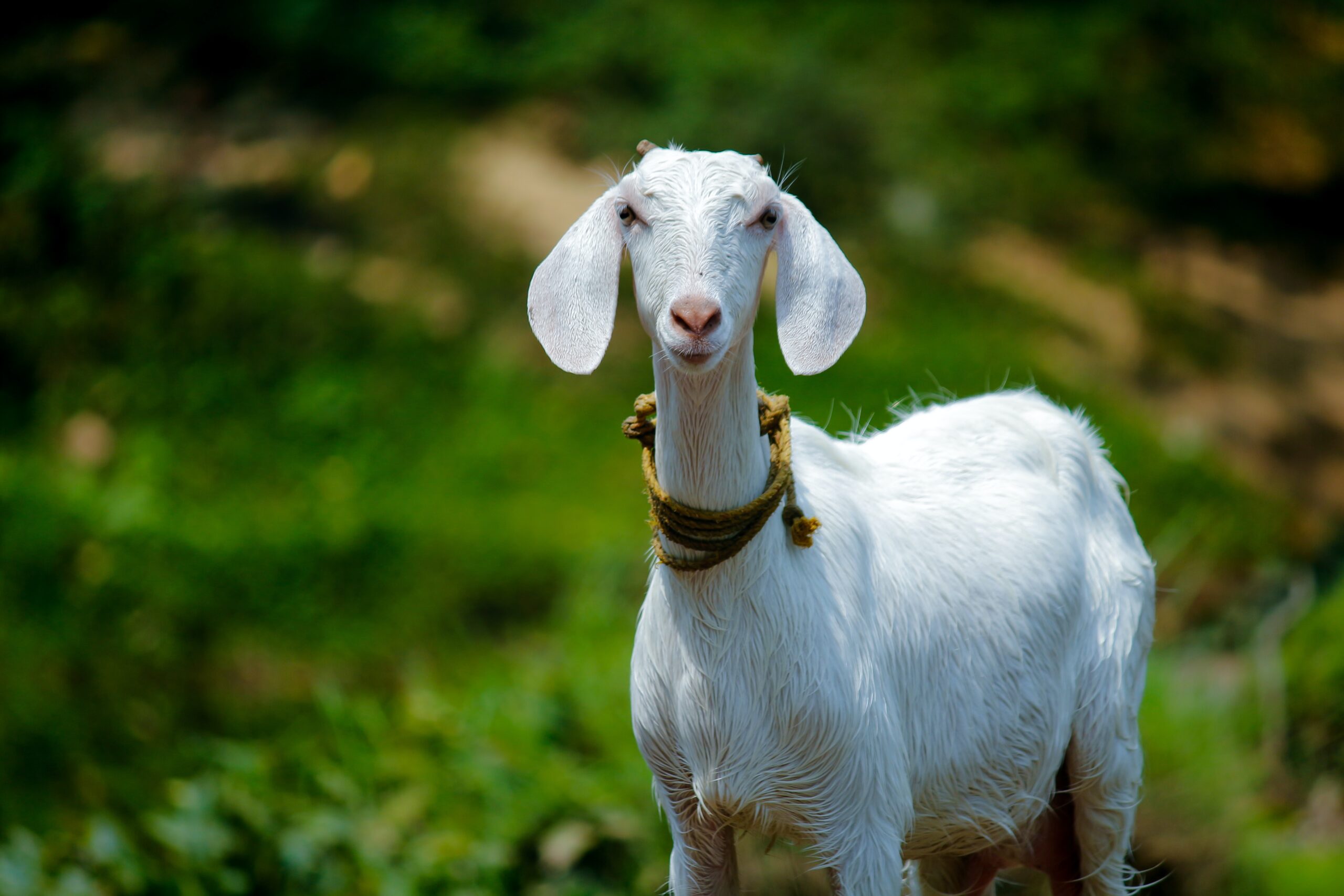
Introduction: The Gulabi Goat, a captivating breed that has been enchanting farmers and enthusiasts alike, stands as a testament to the richness of India’s livestock heritage. With its distinctively pink skin and graceful demeanor, the Gulabi Goat is an embodiment of elegance and endurance. In this article, we will delve into the fascinating world of the Gulabi Goat, exploring its history, characteristics, breeding practices, and the significant role it plays in the agricultural landscape of India.
- Origin and History of the Gulabi GoatThe roots of the Gulabi Goat trace back to the arid regions of India, particularly Rajasthan and Gujarat. It’s believed to have evolved from indigenous breeds adapted to the challenging desert conditions. This breed’s survival instincts and resilience have made it an invaluable asset for the local farmers.
- Characteristics of the Gulabi Goat
- Distinctive Pink Hue: The most striking feature of the Gulabi Goat is its pink skin, which sets it apart from other breeds. This unique coloration is a result of selective breeding over generations.
- Elegant Frame: These goats are known for their graceful and slender physique, making them a visual delight for onlookers. Their long, slender legs and arched neck add to their aesthetic appeal.
- Hardy and Resilient: Adapted to harsh desert conditions, Gulabi Goats are remarkably resilient. They can thrive in arid climates with limited water and vegetation.
- Breeding Practices
- Selective Breeding: To maintain the purity of the breed and enhance desirable traits, breeders engage in meticulous selective breeding. This practice ensures that the distinctive pink color and other unique characteristics are preserved.
- Disease Management: Due to their hardiness, Gulabi Goats are relatively resistant to common livestock diseases. However, regular vaccination and proper healthcare are essential to maintain their well-being.
- Nutrition and Diet: A balanced diet, rich in protein and vitamins, is crucial for the optimal growth and development of Gulabi Goats. Local forage, supplemented with nutritious feed, is the preferred diet.
- Role in Indian Agriculture
- Milk Production: Gulabi Goats are not only prized for their unique appearance but also for their milk production. They yield rich and nutritious milk, which is a significant source of livelihood for many farmers.
- Draught Animal: In some regions, Gulabi Goats are also utilized as draught animals, helping with agricultural tasks like plowing and transportation.
- Conservation Efforts: Recognizing the cultural and economic importance of the Gulabi Goat, various conservation programs have been initiated to ensure the survival and prosperity of this unique breed.
- Conclusion In the heart of India’s rural landscape, the Gulabi Goat stands as a symbol of tradition, adaptability, and elegance. Its pink skin and remarkable resilience continue to captivate the world, and it remains a valuable asset for farmers and breeders. As we celebrate the allure of the Gulabi Goat, let us also recognize the importance of preserving and nurturing this cherished jewel of Indian livestock heritage. Through careful breeding and conservation efforts, we can ensure that future generations will have the privilege of marveling at the beauty and utility of the Gulabi Goat.







